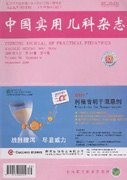Bronchoscopic ablative therapy, which is mainly used in airway obstructive diseases, includes laser,thermo-coagulation(electrocautery,and argon plasma coagulation) and cryotherapy. The thermal ablation and frozen cut can quickly destroy the obstructions in the airway,such as the granulation tissue,scar tissue and tumors. In the meanwhile,the freezing and thawing technique can effectively inhibit the granulation tissue and scar tissue regeneration. Timely,standardized and integrated application of bronchoscopic ablation is the key to gaining the safe and effective treatment in children with severe airway obstructive diseases.

